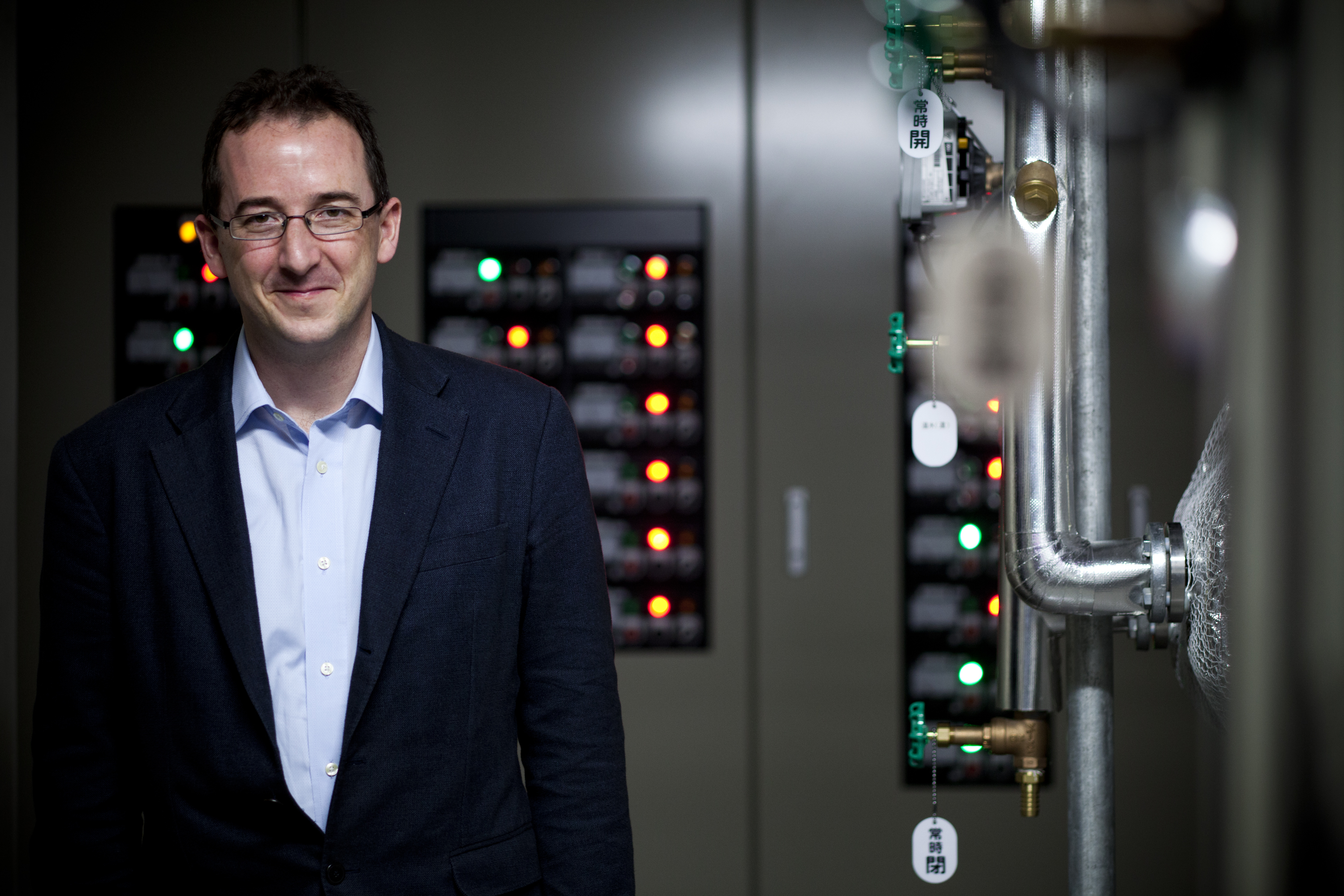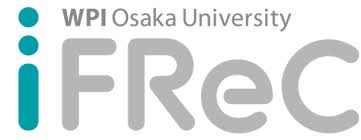Many thanks to all our contributors that put together this great Special Volume for Frontiers in Decision Neuroscience. A summary is available here.
Here's a list of the papers:
Barberini, C. L., Morrison, S. E., Saez, A., Lau, B., and Salzman, C. D. (2012). Complexity and competition in appetitive and aversive neural circuits. Front. Neurosci. 6:170. doi: 10.3389/fnins.2012.00170
Pubmed Abstract | Pubmed Full Text | CrossRef Full Text
Ilango, A., Shumake, J., Wetzel, W., Scheich, H., and Ohl, F. W. (2012). The role of dopamine in the context of aversive stimuli with particular reference to acoustically signaled avoidance learning. Front. Neurosci. 6:132. doi: 10.3389/fnins.2012.00132
Pubmed Abstract | Pubmed Full Text | CrossRef Full Text
McCutcheon, J. E., Ebner, S. R., Loriaux, A. L., and Roitman, M. F. (2012). Encoding of aversion by dopamine and the nucleus accumbens. Front. Neurosci. 6:137. doi: 10.3389/fnins.2012.00137
Pubmed Abstract | Pubmed Full Text | CrossRef Full Text
Singh, V., and Khan, A. (2012). Decision making in the reward and punishment variants of the iowa gambling task: evidence of “foresight” or “framing”? Front. Neurosci. 6:107. doi: 10.3389/fnins.2012.00107
Pubmed Abstract | Pubmed Full Text | CrossRef Full Text

 Ben Seymour
Ben Seymour
